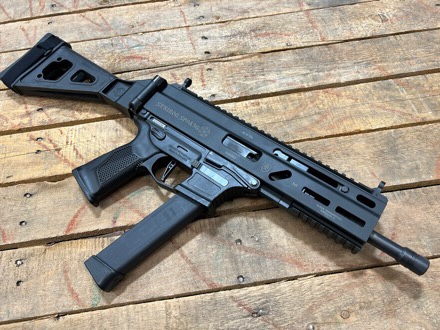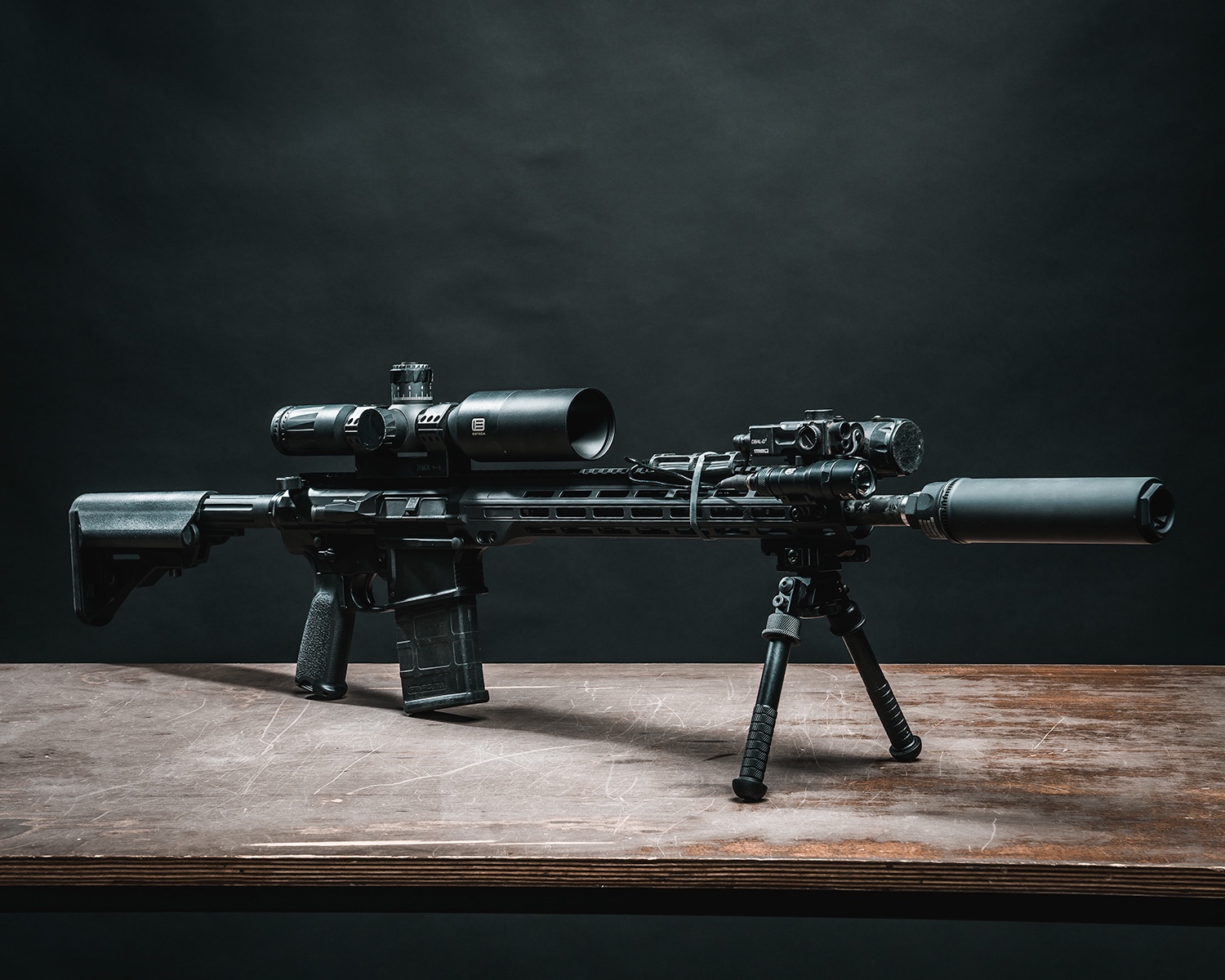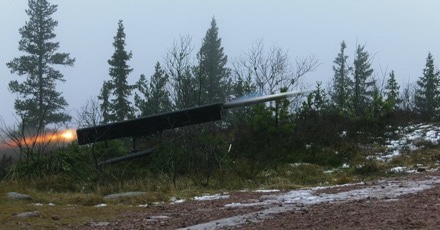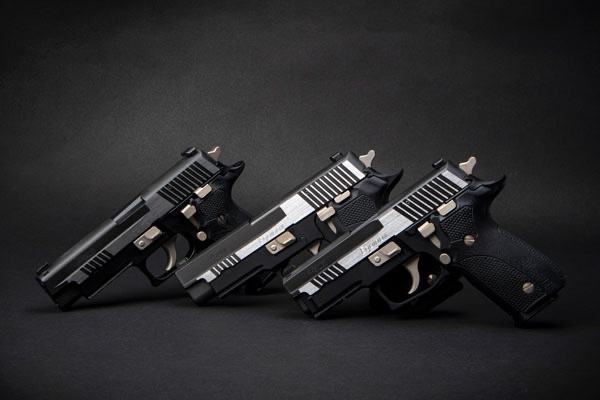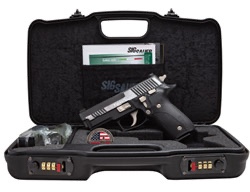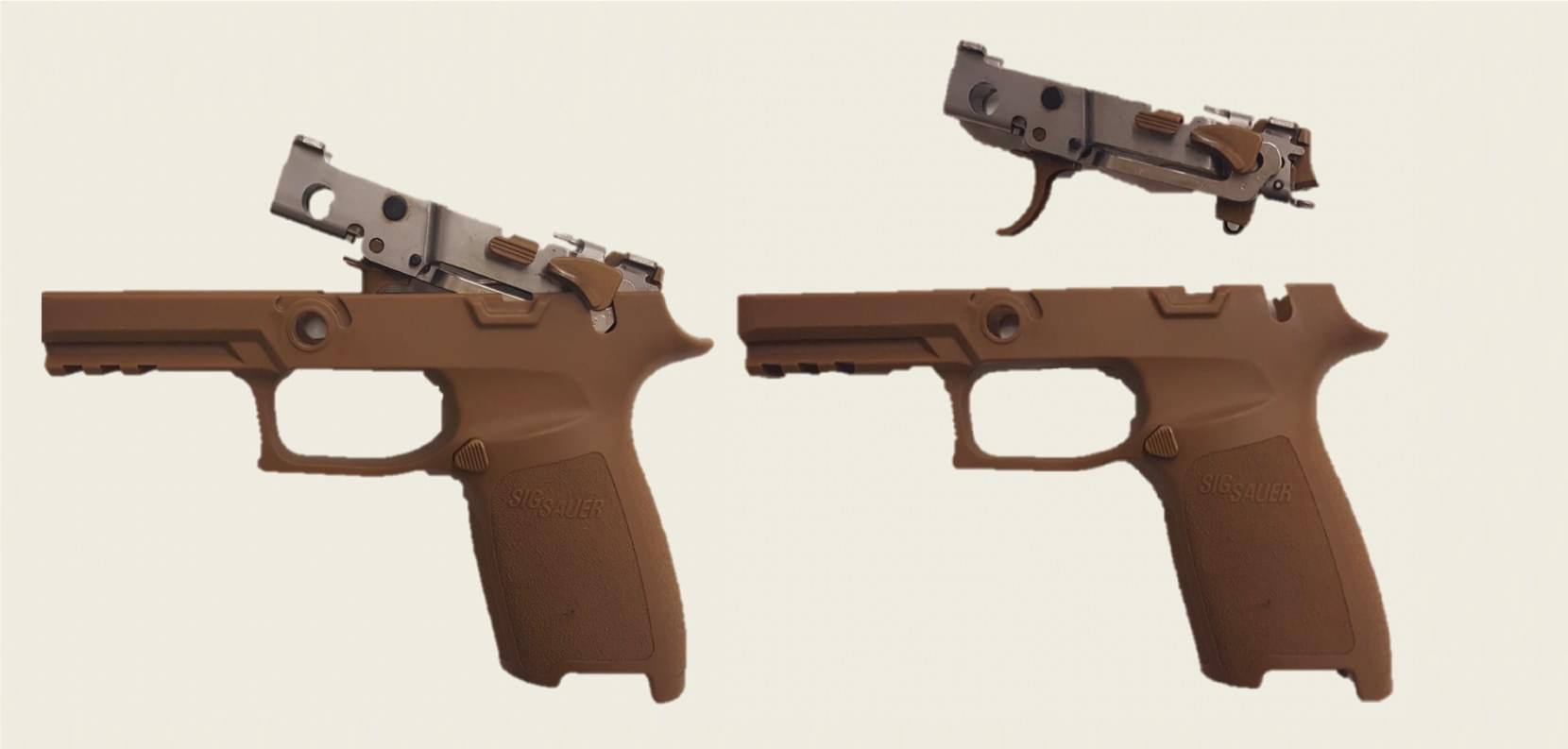WESTFIELD, Massachusetts – January 11, 2022 – After the debut of the new 9mm Stance, updates to Renegauge, and new Model 110s, Savage Arms is adding two new rifle designs to the growing list of guns slated for launch in 2022.

“2022 is off to an impressive start for Savage,” said Beth Shimanski, Director of Marketing at Savage Arms. “And we’re not done yet! Today we’re building on this momentum with the Impulse Elite Precision, a rifle that adds the lightning-fast Impulse straight-pull action to an already robust and reliably accurate long-range design. And the new Savage 64 Precision offers new potential by extending the range of the rimfire by building Precision Series upgrades into a design that’s popular with plinkers and target shooters.”
Impulse Elite Precision
Impulse Elite Precision has an intuitive straight-pull action bedded in an Adjustable Core Competition chassis from Modular Driven Technologies™ (MDT). With a full-length ARCA rail, Impulse Elite Precision can be customized for individual balance preferences and will provide the impeccable accuracy that has come to define Savage’s Precision rifles.
“The Elite Precision has changed the way Savage shooters think about long-range capability,” said Jessica Treglia, Senior Brand Manager for Savage Arms. “The addition of the Impulse straight-pull action is going to add a new element of speed to an already efficient rifle. When split times are an important aspect of the competition, Impulse Elite Precision will be a game-changer.”
Features:
• 1.5-4lb user-adjustable AccuTrigger™
• MDT 1-piece aluminum ACC chassis with fully adjustable length-of-pull and comb height
• ARCA rail forend with M-LOK® slots
• Precision button rifled, stainless steel, modified Palma contour barrel
• Threaded muzzle (5/8-24 UNEF)
• AICS magazine with ambidextrous magazine release
• Matte black aluminum receiver with integral 20-MOA rail
• Ambidextrous, multi-positional bolt handle
Part No. / Description / MSRP
57887 / .308 WIN / $2,649
57888 / 6.5 Creedmoor / $2,649
57889 / 6MM Creedmoor / $2,649
57890 / 6.5 PRC / $2,649
57891 / 300 PRC / $2,849
57892 / 300 WIN MAG / $2,849
57893 / 338 Lapua Magnum / $2,849
The Model 64 Precision
The new Model 64 Precision houses a semi-automatic action in a synthetic MDT chassis with M-LOK slots and an ergonomic pistol grip. The heavy barrel and threaded muzzle provide increased functionality and extend the range of the rifle.
“The Model 64 has been a tremendous gun for Savage,” said Jessica Treglia, Senior Brand Manager for Savage Arms. “It deserves a big upgrade—and this is it. Savage is showing just what the 64 can do. We’ve taken our benchmark plinker and added performance driven features that will allow shooters to connect at extended distances. If you want an all-around rimfire that is perfect for target shooting, plinking, and competition—check out the Model 64 Precision.”
Features:
• Semi-automatic rimfire action
• 16.5” matte black carbon steel heavy barrel and receiver
• Threaded muzzle (1/2-28)
• Detachable magazine (10-round or 20-round)
• Drilled & tapped receiver with 1-piece 20 MOA picatinny rail
• High-strength glass-filled nylon unibody construction
• M-LOK compatible forend for modularity
• AR compatible grip interface for ergonomic customization
• Integral barricade stop for shooting position stabilization
• Available in Black or Flat Dark Earth
Part No. / Description / MSRP
45120 / 22 LR Black – 20 Round / $299
45114 / 22 LR Black – 10 Round / $299
45125 / 22 LR FDE – 20 Round / $299
45124 / 22 LR FDE – 10 Round / $299


